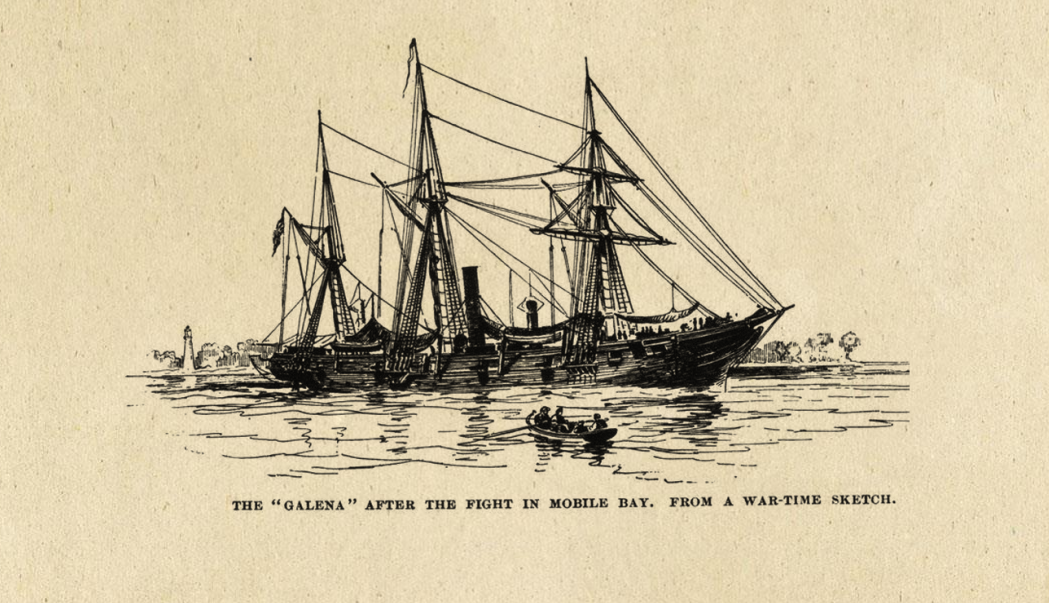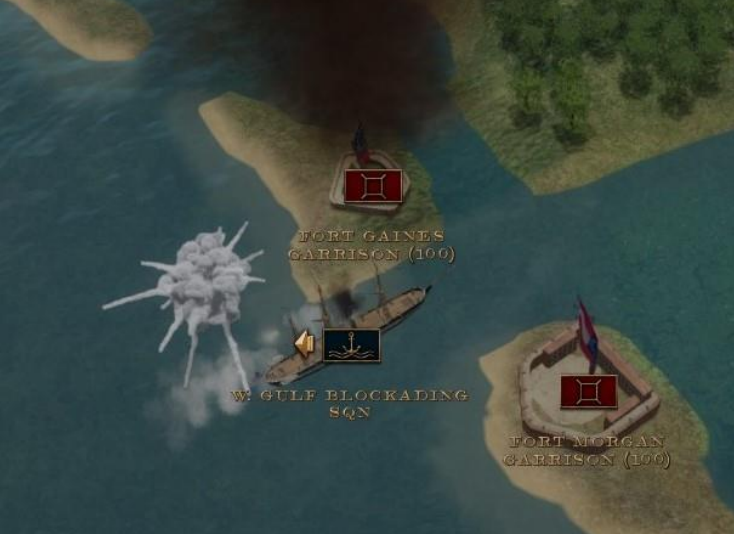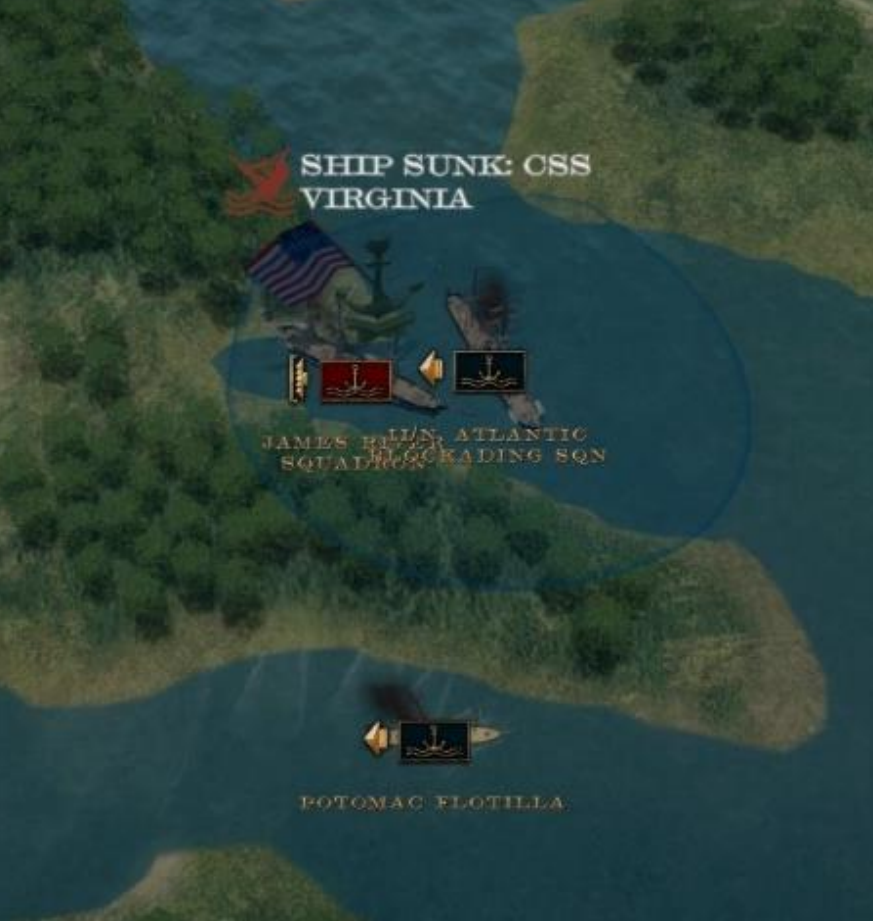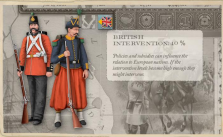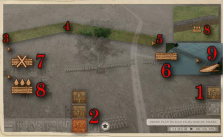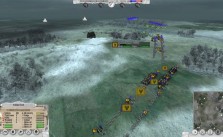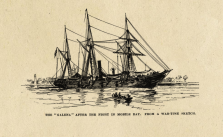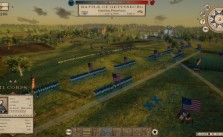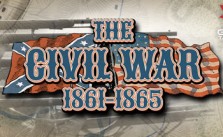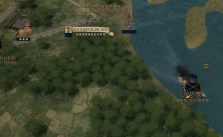Grand Tactician: The Civil War (1861-1865) – Naval Battles Guide
Naval Battles
Combat involving ships is always automatically resolved. When engaged, the ships will fire to indicate they are in combat. Information about casualties is shown in the rolling text.
In cases of fort bombardment, the fort condition will be reduced in the engagement, and the garrison will suffer casualties. The number of guns the defender has depends upon the strength of the garrison. By default, the forts are manned by heavy artillery batteries, with several guns depending on the fort level. With casualties, the ability to man the guns is reduced, which reduces the effectiveness of any returned fire.
Fort condition is shown under the name in (brackets) and is updated as intelligence is gathered. If the fort condition is low, it will also be easier to capture in an assault.
The return fire from the forts can damage and sink ships in the fleet, which is indicated after the battle in the report. When two opposing fleets engage, nearby fleets within command radius and offensive stance will move in to reinforce.
In a fleet vs. fleet engagement, the combat is resolved in phases:
- During the movement to contact phase, the fleets close in. Depending upon armament type, firing is commenced Mina long range, which makes it inaccurate. Due to range and movement, the rate of fire is low. Ships with turrets will be more effective during this phase.
- During the close combat phase, the fleets have closed in and can use their armament to the fullest, delivering broadsides and firing with maximum rates of fire. Ships with ramming capability may be able to ram enemy ships, causing massive damage.
- In river combat, the battle starts directly from close combat.
The number of ships that simultaneously fight is limited during an engagement due to the required space and maneuver. This allows smaller fleets to be effective, if only for a time, against larger ones. Fleets with raiding orders will engage blockading fleets only and try to engage only a small number of ships, dealing maximum damage, before withdrawing to regroup.
During a naval engagement, the effectiveness of fire depends on the weapons and armor of the ships. In the combat model, various weapon types are simulated, including firepower ratings for shells and realistic penetration values for shot and bolt. The ships’ armor is also modeled, which is especially important with ironclads. Large ships are more likely to be fired than smaller ones, especially during the movement to contact phase.
Damage to the ships lowers their condition, which also reduces their fighting effectiveness. If it suffers high enough damage a ship will become disabled. Disabled ships will no longer fight back and be sunk or captured by the enemy or scuttled by the crew. Damage will also reduce movement speed, which also makes a fleet with damaged ships slower. Steamers can suffer catastrophic damage if their boilers are hit.
Naval officers with high initiative have longer combat and command radius, and cunning commanders can maneuver their fleets to avoid the enemy’s superior range and firepower and reduce enemy effectiveness during the movement phase of the combat resolution. Administration value makes resupplying and repairs faster in harbors.

